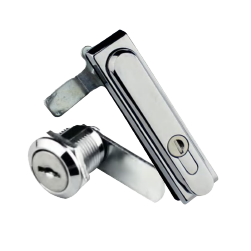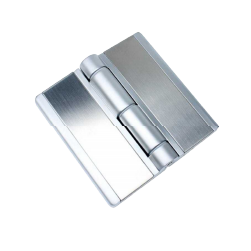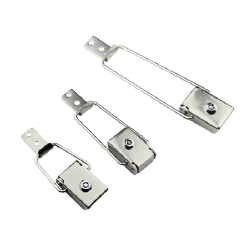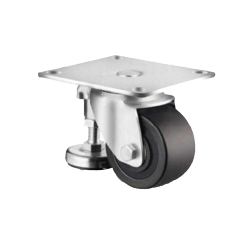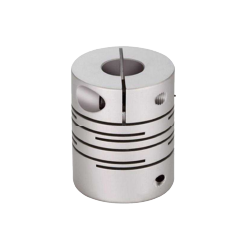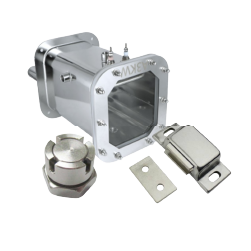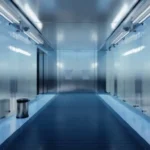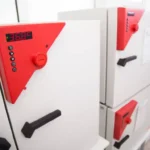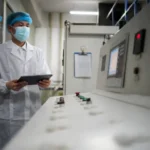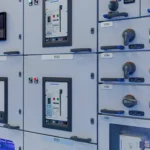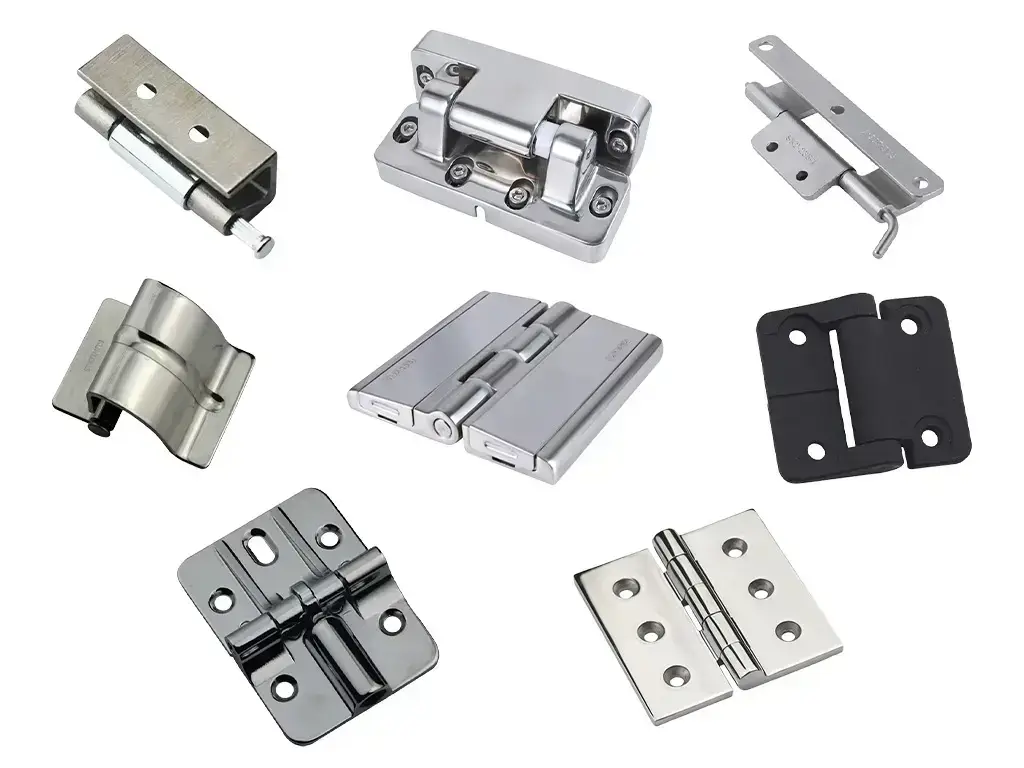
The functioning of the contemporary industry depends on the impeccable work of delicate electronic parts. These devices, whether on an automated assembly line in the form of the PLCs or the servers in a telecommunications hub, are the brain of our technological world. However, their stability is always put to the test by one of the most basic and yet underestimated enemies: heat. Management of this thermal energy in electrical enclosures is not an optimization issue but a necessity. This report offers a detailed discussion of the cooling of industrial enclosures, starting with the principles and moving to the sophisticated, integrated systems needed by the most challenging applications today.
Why Enclosure Cooling Is Non-Negotiable
A concentrated environment is formed by an electrical enclosure. Even the electronic parts it is meant to safeguard, including VFDs, power supplies, and control processors, produce a lot of thermal energy as a byproduct of their work. When such energy is confined in a closed system, the ambient temperature inside the system increases quickly. The effects of this uncontrolled excessive heat are dire, foreseeable, and expensive.
To begin with, electronic devices are directly damaged by the high temperatures. Every 10 o C above the recommended operating temperature of a component will decrease its functional life by about half. This is an exponential rate of degradation, and a device that is supposed to last years can break down in months, or even weeks. The heat damages fragile circuits, impairs semiconductor materials, and hastens the aging process of capacitors and other internal parts. This causes unpredictable performance, signal drift, and intermittent failures, which are hard to troubleshoot until they cause a total system failure.
Second, such failures caused by heat lead to unplanned downtime, which is associated with significant financial fines. The cost is not the price of the replacement part but the total loss of production time the system is out of commission. In the production process, this amounts to wasted production and deadlines. In telecommunication, it implies service failures. It implies lost data and computing power in data processing. The cost of one overheating event can easily outweigh the original cost of an appropriate cooling system by many times.
Third, it has unquestionable safety risks. Excessive heat on the components may cause insulation failure and short circuiting, posing a high fire risk in the electrical enclosures. Moreover, the failure of a faulty control system, which is damaged by heat, may cause uncontrolled actions in heavy machinery, which is a threat to the safety of staff and machinery. Thus, proper cooling is one of the pillars of industrial safety measures. The disregard of the need to control climate is to take a direct and preventable risk of equipment malfunction, financial loss, and physical damage.
Comparing Key Enclosure Cooling Technologies
The choice of the right cooling technology depends on the clear knowledge of the thermal load of the application, the environment, and the objectives of the work. The main enclosure cooling methods have their own mechanisms and are applicable in different situations. Any failure to align the technology with the need will either lead to poor protection or a waste of money.
| Technology | Working Principle | Ideal Applications | Advantages | Disadvantages |
| Filtered Fans | Uses ambient air for ventilation. | Clean areas; ambient temp < internal temp. | Low cost, simple, few parts. | No sealed protection; cannot cool below ambient. |
| Heat Exchangers | Transfers internal heat to ambient air. | Sealed enclosures; moderate heat loads. | Closed-loop, energy-efficient, moderate cost. | Cooling depends on the ambient temperature difference. |
| Air Conditioners | Uses a compressor & refrigerant for active cooling. | High heat loads; cools below ambient temp. | Powerful cooling, precise temp control. | High cost, complex, requires maintenance. |
| Thermoelectric Coolers | Solid-state cooling via the Peltier effect. | Small enclosures needing precise temp control. | No moving parts, reliable, can heat/cool. | Low energy efficiency (COP). |
| Vortex Coolers | Generates cold air from a compressed air source. | Spot cooling, hazardous areas. | Compact, no refrigerants, high spot cooling. | Inefficient; needs constant compressed air. |
Matching Cooling Systems to Your Environment
The operation environment is a decisive factor in the selection and long-term performance of an enclosure cooling system. A solution that works perfectly in a climate-controlled laboratory will not work long in a corrosive industrial plant. An in-depth environmental analysis is thus an obligatory procedure in the design.
The NEMA (National Electrical Manufacturers Association) or IP (Ingress Protection) rating of the enclosure and the cooling unit associated with it is the most important specification in this regard. These ratings establish the level of resistance to the intrusion of foreign substances, including dust and fibers, and liquids, especially water and corrosive chemicals.
A NEMA 12 rating can be used in indoor applications in a fairly clean and dry environment. This rating is used to protect against circulating dust and dripping non-corrosive liquids. A closed-loop system, such as an air-to-air heat exchanger, is frequently the best choice in these situations, since it avoids the entry of airborne contaminants into the sealed enclosure and deposition on the electronic components, which may short-circuit and inhibit heat dissipation.
Outdoor uses pose a myriad of more challenging problems. The electrical equipment should be guarded against rain, sleet, snow, and dust blown by wind. In this case, NEMA 3R or NEMA 4 is usually the lowest rating. Moreover, the system should be able to withstand a far broader spectrum of ambient temperature variations, including direct sunlight radiation that raises the heat load to below zero. Cooling units of NEMA 4X rating, which are typically made of stainless steel, are used in high-humidity, saltwater-spray, or frequent washdown with caustic cleaning agents, like food processing or marine environments. Selecting a cooling system that has a lower NEMA rating than the environment requires is a straight road to an early failure of both the cooler and the electronic equipment it is designed to safeguard.
Beyond the Cooler: The Role of Enclosure Hardware

The specifications of the cooling unit do not define whether a climate control strategy will be implemented successfully. The structural integrity of the enclosure itself is the key to the performance of any fan, air conditioner, or heat exchanger. A sophisticated cooling system fitted on a badly built or improperly sealed enclosure is a waste of time; its performance is affected immediately after installation. The most important, and most frequently neglected, elements in this equation are the industrial hardware: the latches, hinges, and gasketing that form and hold the seal of the enclosure.
The effectiveness of a closed-loop cooling system is based on the ability to separate the internal air volume and the outside environment. Air leakage or infiltration causes the cooling unit to operate continuously to counter the entry of warmer and usually more humid or contaminated ambient air. Here, the hardware of the enclosure is of paramount importance. A latch that fails to compress a gasket uniformly, or a hinge that causes a heavy door to hang over the years, leaves gaps in the seal. Such openings act as pathways to heat and contaminants, which directly compromise the cooling process and raise energy use.
To engineers and designers of mission-critical systems, this implies that industrial hardware should be specified as a fundamental design consideration and not as an afterthought. It is the sphere of a professional manufacturer such as KUNLONG. KUNLONG has more than 20 years of dedicated experience in hardware solutions that maintain the integrity of the enclosure, and the desired cooling performance is obtained and sustained.
The value is exhibited in three major areas:
- Sealing and Reliability: KUNLONG latches are engineered to offer a uniform, strong compression, which makes the gasket create a continuous, uninterrupted seal around the door perimeter. Their hinges are designed to be precise so that they do not sag even when the doors weigh more than 100 kilograms. Such mechanical reliability is required to ensure the NEMA or IP rating of the enclosure throughout its service life.
- Extreme Environment Adaptability: Standard hardware may fail under hot conditions or under corrosive substances. KUNLONG employs such materials as SUS304 and SUS316 stainless steel and creates components that can work perfectly in both -70 °C and 260 °C temperatures. This makes sure that the hardware itself is not the source of failure in the stressful applications, such as industrial ovens or cold chain equipment.
- Durability and Longevity: Enclosure door hardware can be operated thousands of times. KUNLONG parts are highly tested to have a service life of tens of thousands of cycles, which ensures the enclosure is safe and closed for many years after installation. This concern about durability safeguards the investment in internal electronic parts as well as the cooling system.
Cooling Solutions for Demanding Industry Applications
The generic principles of enclosure cooling should be modified to the specific operational needs of particular industries. The one-size-fits-all approach cannot be used in applications where precision, reliability, and sanitation are not negotiable.
Environmental Test Chambers: These systems are used to expose products to severe conditions, whether hot or cold. The problem is two-fold: how to control the heat produced by the control electronics inside the chamber and how to guarantee the absolute integrity of the enclosure against enormous temperature gradients. The control panel cooling should be strong, yet what is more important is that the access doors of the chamber should be equipped with special hardware. The hinges and latches should be constructed of materials that are neither brittle at low temperatures nor lose strength at high temperatures. They have to offer a tremendous compressive force to close silicone gaskets to avoid leakage of temperature, which would nullify test results.
Biomedical and Pharmaceutical Equipment: Cleanliness in these applications is as vital as temperature stability. Medical device or laboratory automation enclosures should be guarded against overheating, yet the cooling systems should not add contaminants. Thermoelectric coolers or compact air conditioners are often used as sealed enclosure systems. The outer hardware should be made of 316 stainless steel, with smooth, crevice-free surfaces capable of withstanding frequent, aggressive chemical washdowns without corrosion or microbial growth. Easy-to-clean ergonomic handles are also a very important requirement.
5G Telecommunications Cabinets: These cabinets are used in remote, frequently outdoors, areas and contain a large amount of heat-generating electronics in a small area. They are also subjected to all weather conditions and need high-performance and closed-loop cooling systems like DC-powered air conditioners to make sure that the delicate radio equipment lasts. The enclosure itself should be extremely strong. These unmanned stations are highly sensitive, and therefore, multi-point latching systems are needed to deter vandalism. The hardware should be NEMA 4X to withstand wind-driven rain and humidity, and all parts should be engineered to last decades with no maintenance required.
Maintenance Best Practices for Lasting Performance
Thermal management does not stop with the installation of a cooling system but starts there. An active maintenance program is necessary to make sure that the system remains in its intended capacity to safeguard the precious electronic equipment inside the enclosure.
1. FilterMaintenance: Filters are the initial line of defense in systems that utilize ambient air, e.g., filtered fans or the condenser side of air conditioners. The most frequent cause of cooling system failure is clogged filters. They block the airflow, and the fan or compressor has to work harder, consuming more energy and may burn out the motor. The filters are to be checked periodically, once a month in normal conditions, once a week or even daily in highly polluted conditions, and cleaned or changed accordingly.
2. Seal Inspection: Check the door gaskets of the enclosure periodically to determine whether they are worn, brittle, or damaged. A damaged seal is a latent source of energy loss and a source of contaminants. Ensure that latches are engaging and giving equal pressure. Make sure that the door is properly put in place on its hinges and has not slipped.
3. Maintain Clean Surfaces: Air conditioners and heat exchangers have condenser and evaporator coils that should be maintained clean to allow the transfer of heat efficiently. A coating of dust or grime is an insulator, and it significantly lowers the cooling capacity of the unit. Periodically, coils are to be brushed or wiped with a commercial coil cleaner.
4. Proper Drainage: With air conditioners, make sure that the condensate drain lines are free and operating properly. A clogged drain may result in the water stagnating in the enclosure, which causes a disastrous breakdown of the electrical equipment.
Partnering for Complete Thermal Integrity
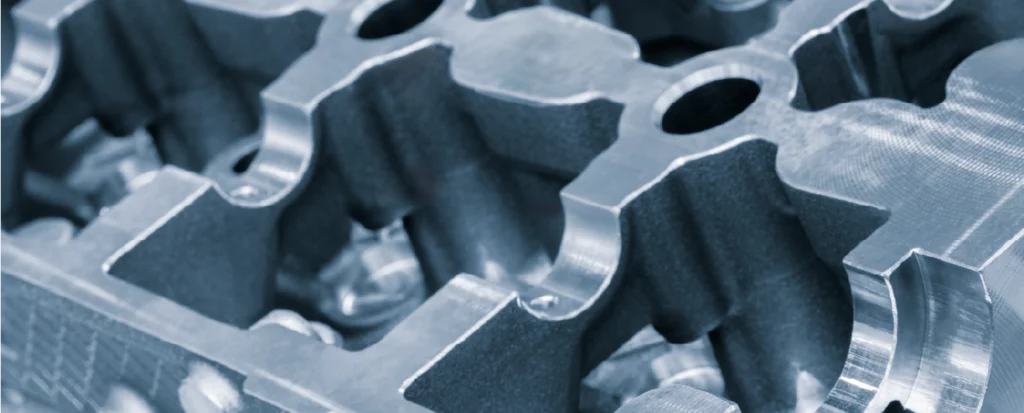
Achieving optimal and reliable enclosure cooling is a comprehensive task that extends beyond the cooling unit itself. It requires a robust, perfectly sealed enclosure where every component works in harmony to maintain thermal integrity. While choosing the right fan or air conditioner is a critical step, the long-term reliability and efficiency of your system fundamentally depend on the quality and engineering of its foundational hardware.
Don’t let subpar hardware compromise your critical systems. The integrity of an enclosure is only as strong as its weakest component. In project design, specifying high-performance latches, hinges, and sealing mechanisms is not a cost—it is an investment in reliability and operational continuity.
For over 20 years, KUNLONG has partnered with industry leaders to solve their most demanding enclosure challenges. Our engineering team is ready to help you achieve total thermal integrity for your project.
Contact us today to discuss your specific application requirements.

